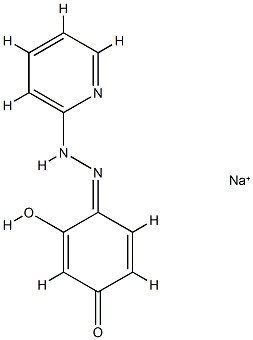Description
Lipase Enzyme is an enzyme that breaks down triglycerides into free fatty acids and glycerol by catalyzing the hydrolysis of the ester bonds in triglycerides.
Physical properties
Lipase Enzyme is soluble in water (the solution is usually light yellow), but practically insoluble in alco hol, chloroform or ether. The major active principle is lipase.
Uses
Lipase Enzyme is used as a catalyst in the preparation of biodiesels and in the preparation of esters of chiral epoxy alcohols. In food processing for flavor improvement; in detergents for the improvement of cleaning action.
Production Methods
Lipase Enzyme is produced by the controlled fermentation of Aspergillus niger var. as an off-white to tan amorphous powder.
Biological Activity
Lipase Enzyme is expressed and active in multiple tissues; for example, hepatic lipases are in the liver, hormone-sensitive lipases are in adipocytes, lipoprotein lipase is in the vascular endothelial surface, and pancreatic lipase is in the small intestine. Lipase Enzyme in pancreatic secretions are responsible for digestion and hydrolysis of fat and absorption of fat-soluble vitamins.
Physiological effects
Lipases are present in pancreatic secretions and participate in fat digestion and metabolism. They play an essential role in lipid transport and serve individual functions in several tissues, including hepatic lipase in the liver, hormone-sensitive lipases in the adipocytes, lipoprotein lipase in the endothelial cells, and pancreatic lipase in the small intestine. Hepatic lipase in the liver degrades the triglycerides that remain in intermediate-density lipoprotein (IDL).




